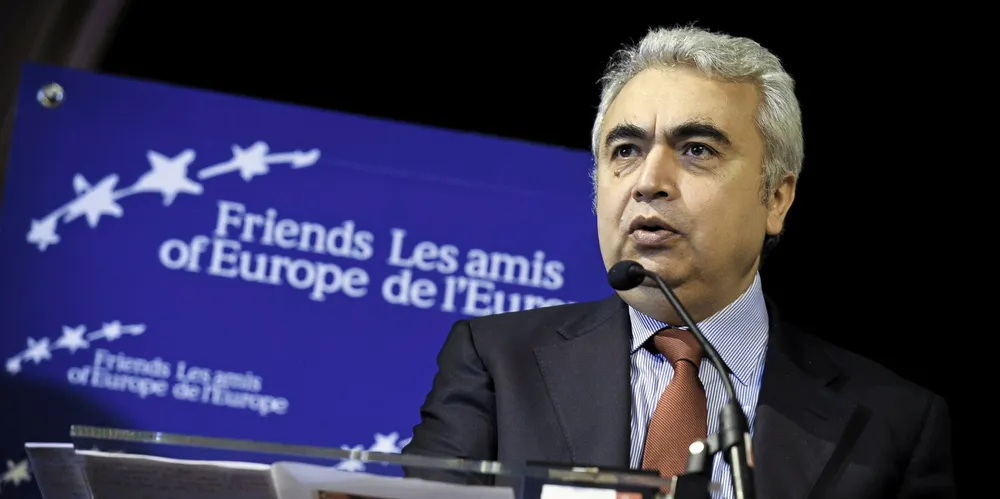Clean energy boom keeping narrowing Paris pathway open: IEA
The IEA’s executive director also said governments must work together and 'separate climate from geopolitics'

The IEA’s executive director also said governments must work together and 'separate climate from geopolitics'
